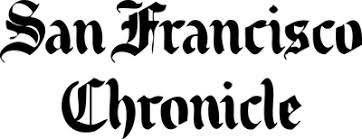
A citywide campaign in Oakland raised $12.5 million to purchase computers and Wi-Fi hotspots to equip students for distance learning, but school began on Monday and many students did not have what they needed to join in virtually.

San Francisco school district officials and teachers union representatives reached a tentative agreement Thursday for distance learning instruction for the upcoming school year. The deal comes scarcely more than a week before the start of classes on Aug. 17.

The following guidelines and considerations are intended to help institutions of higher education (IHE) and their communities plan and prepare to resume in-person instruction.

Given the statewide levels of Covid-19 infections, most California colleges and universities must offer classes virtually except for limited hands-on courses that will require physical distancing and other protocols to limit contact between students.

While many school districts in the state’s more populous areas have been essentially forced to start the school year teaching remotely, more sparsely populated have options.

The California Department of Education released a more readable and tempered draft of an “ethnic studies model curriculum” on Friday, 11 months after intense criticism of the first draft forced state officials to order a rewrite.

Frustrated Bay Area families already know classes will be online when school starts in the coming weeks, but many still have no idea when their K-12 students will have to log on for lessons or how many hours of live instruction they would get.

To help slow the spread of COVID-19, California’s stay-at-home order issued on March 19, 2020, effectively suspended youth sports, including school-based, club, and recreational youth sports. Beginning July 30, the California Department of Public Health is allowing youth sports training, conditioning, and physical education under specific circumstances.
